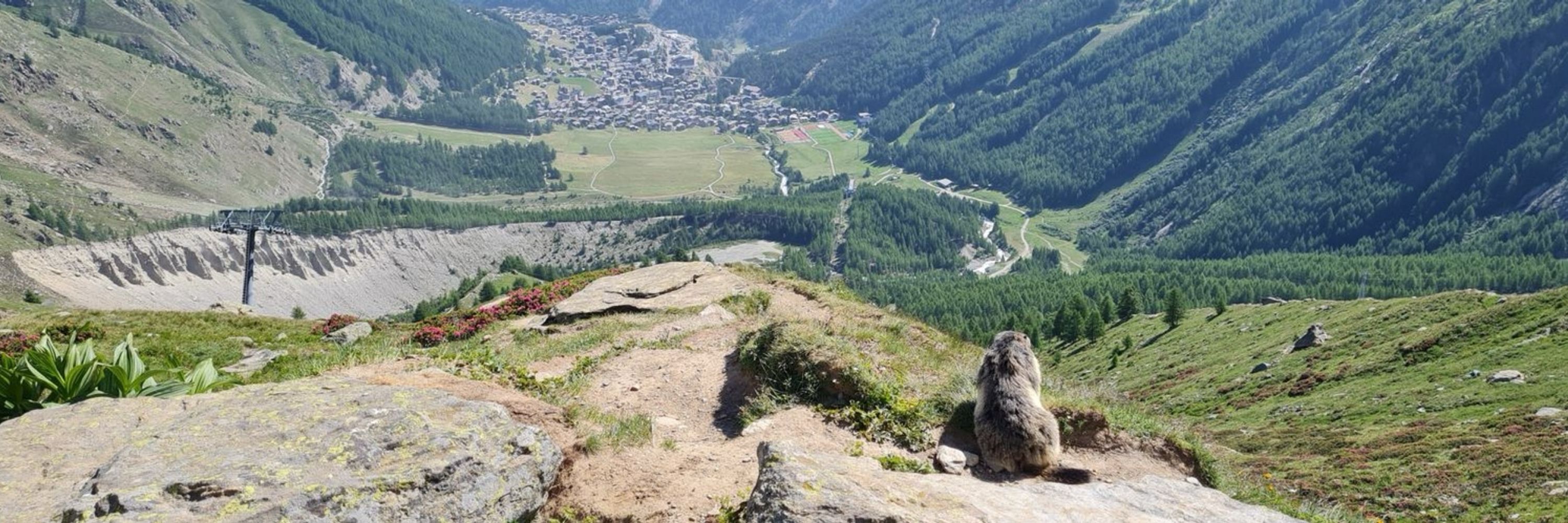
Albert Dominguez Mantes
@albertdm.bsky.social
PhD student @ EPFL in computer vision for microscopy | Prev Data Science @ UPC
We also offer several out-of-the-box pre-trained 2D/3D models. Fine-tuning a model on your own data is easy and accessible if you're not satisfied with the pre-trained ones, and we show Spotiflow is not particularly data hungry, so no need to spend a lot of time annotating!
(8/N)
(8/N)

June 6, 2025 at 6:58 PM
We also offer several out-of-the-box pre-trained 2D/3D models. Fine-tuning a model on your own data is easy and accessible if you're not satisfied with the pre-trained ones, and we show Spotiflow is not particularly data hungry, so no need to spend a lot of time annotating!
(8/N)
(8/N)
We developed Spotiflow with the mindset of making it useful and usable, and as such it comes in different flavors: one can use it as a Python API, as a CLI or with a GUI using our @napari.org plugin! Hopefully more integrations will come soon ;)
(7/N)
(7/N)
June 6, 2025 at 6:58 PM
We developed Spotiflow with the mindset of making it useful and usable, and as such it comes in different flavors: one can use it as a Python API, as a CLI or with a GUI using our @napari.org plugin! Hopefully more integrations will come soon ;)
(7/N)
(7/N)
To be ready to handle today’s massive spatial biology data, we built a multi-GPU setup that e.g. processes a cloud-stored 159 GB EASI-FISH volume in under 10 minutes on 8×A100 GPUs. This can easily be deployed seamlessly on any modern compute cluster!
(6/N)
(6/N)

June 6, 2025 at 6:58 PM
To be ready to handle today’s massive spatial biology data, we built a multi-GPU setup that e.g. processes a cloud-stored 159 GB EASI-FISH volume in under 10 minutes on 8×A100 GPUs. This can easily be deployed seamlessly on any modern compute cluster!
(6/N)
(6/N)
In a single molecule tracking experiment w/ Eftychia Kyriacou and Joachim Lingner from EPFL, Spotiflow allowed us to improve results by changing the input detections to Trackmate, showing that Spotiflow can be used as a drop-in replacement in existing workflows!
(5/N)
(5/N)
June 6, 2025 at 6:58 PM
In a single molecule tracking experiment w/ Eftychia Kyriacou and Joachim Lingner from EPFL, Spotiflow allowed us to improve results by changing the input detections to Trackmate, showing that Spotiflow can be used as a drop-in replacement in existing workflows!
(5/N)
(5/N)
The context-awareness of Spotiflow allows for precise detection in challenging SNR conditions. This includes avoiding artifacts due to e.g. autofluorescence as we show with the beautiful P. dumerilii volumetric smFISH data from the Arendt and @ilastik-team.bsky.social teams @embl.org
(4/N)
(4/N)
June 6, 2025 at 6:58 PM
The context-awareness of Spotiflow allows for precise detection in challenging SNR conditions. This includes avoiding artifacts due to e.g. autofluorescence as we show with the beautiful P. dumerilii volumetric smFISH data from the Arendt and @ilastik-team.bsky.social teams @embl.org
(4/N)
(4/N)
Spotiflow achieves SOTA results on several datasets (iST, live imaging, DNA FISH) while being faster than commonly-used spot detection methods when used out-of-the-box on large-scale data, both in 2D and 3D!
(3/N)
(3/N)

June 6, 2025 at 6:58 PM
Spotiflow achieves SOTA results on several datasets (iST, live imaging, DNA FISH) while being faster than commonly-used spot detection methods when used out-of-the-box on large-scale data, both in 2D and 3D!
(3/N)
(3/N)
Given an image or volume, Spotiflow uses a neural network to predict multiscale Gaussian heatmaps and the “stereographic flow” — a smooth embedding that maps the nD nearest-spot vector field to the (n+1)D sphere, avoiding issues at infinity and enabling precise localization
(2/N)
(2/N)
June 6, 2025 at 6:58 PM
Given an image or volume, Spotiflow uses a neural network to predict multiscale Gaussian heatmaps and the “stereographic flow” — a smooth embedding that maps the nD nearest-spot vector field to the (n+1)D sphere, avoiding issues at infinity and enabling precise localization
(2/N)
(2/N)

